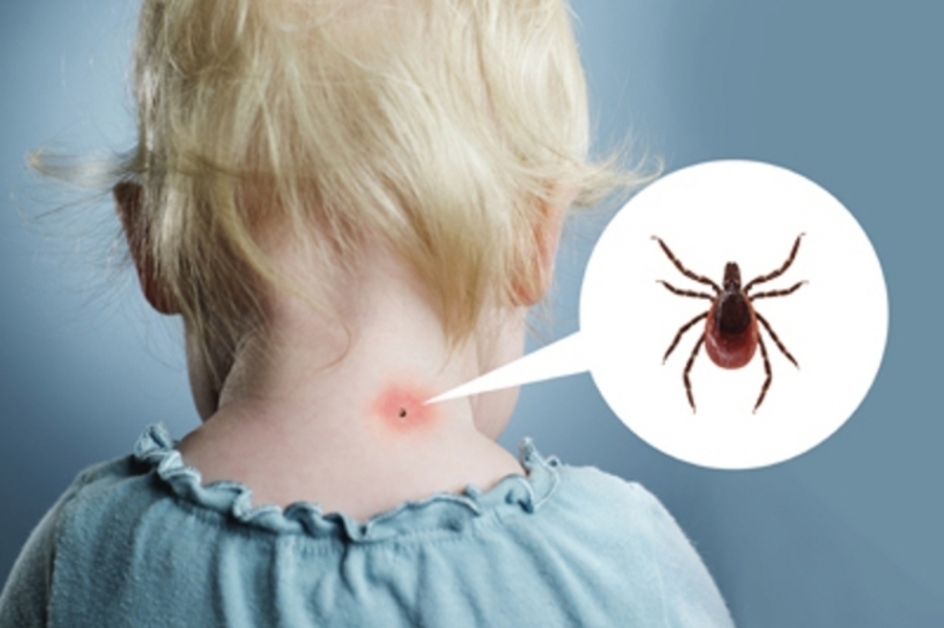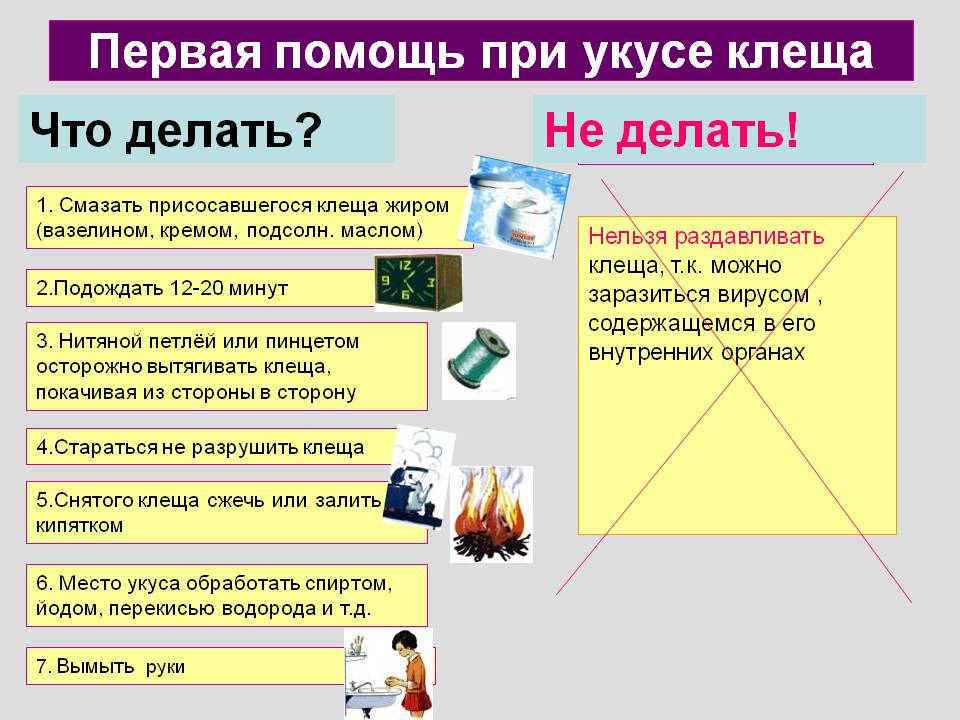We often go to nature and frolic under trees swaying from the wind. The likelihood of picking up encephalitis, which is transmitted by ticks, in our case increases significantly. So I decided to reshoot the Internet. I studied various forums, sites. Frankly, I was shocked by the statements of some mothers and authors. Here are a few mistakes that parents make when protecting against ticks.

Refusal of vaccinations
Some mothers oppose vaccines against encephalitis. Doctors do not support such rash statements, especially if the family lives in dangerous areas where the most frequent cases of infection occur. And this, according to Rospotrebnadzor, 30 regions. Just think about this number!
Therefore, if you live in the Crimea, Krasnodar Territory, Moscow, Pskov, Astrakhan and Kaliningrad regions (the most dangerous regions in which there is a high risk of being bitten), then you definitely need to be vaccinated 2 months before the start of the tick activity season or before the date of the alleged trips. During this time, the body will develop immunity to the causative agent of encephalitis infection.
There is also emergency vaccination (done 1-2 days before departure). Of course, it is not as effective as the one delivered in a few months, but the risk of infection is still reduced significantly.

Do not dress properly in the forest or park
If you think that you will easily notice a tick on your skin or clothing, then you are deeply mistaken. The insect can “choose” a place for attack for up to several hours, and when it bites, it secrets a special anesthetic secret. So when setting off to a forest or park, make sure to get dressed properly.
Choose light clothes (the parasite will be clearly visible on it) with elastic bands and cuffs (so that the tick does not get under the clothes), which will cover the skin as much as possible. In addition, take care of the headgear and tick repellent.
Removing a tick from the skin with a syringe
This method is known to almost everyone. It is often recommended in survival courses, as well as online.However, it is impossible to extract a tick that has sunk into the skin with a syringe.
For those who don’t know, I’ll tell you what this method is all about. The needle is removed from the syringe, the upper part is cut off so that only the piston with the tube remains. Then this tube is applied to the skin where the tick “sucked”. After that, the piston extends, and with it the parasite comes out, with the help of the pressure that forms inside the syringe.
It is worth noting that this same pressure can simply break the tick and not completely remove it from the skin. If the head remains, then saliva will be released from it, in which the causative agents of encephalitis are located. Then they penetrate the bite site, and from there into the blood.
Tick removal with sudden movements
It is also impossible to tear the parasite out of the skin sharply. So, its proboscis can be damaged, which will contribute to the penetration of the pathogen into the skin. Therefore, it is better to remove the tick with twisting movements. Clockwise, this will happen, or against, no matter. Both methods are effective.
Tick extrusion
In no case should you squeeze a tick. This can lead to rupture of the parasite and the fact that its particles will burst and remain in the skin.
Drawing on the place of stay of a tick of cream, ointment, oil, kerosene
Many people, so that the tick “comes off the skin”, prefer to apply all sorts of oily products to its area of residence. Like, so he will be removed faster and safer. Also, some believe that he will crawl out himself, since he will have nothing to breathe.
Such a "grandmother" method can lead to dangerous consequences. Yes, indeed, the tick dies when applying such a remedy. However, being at death, there is a chance that he will release all his internal contents into the bite site, in which there may be a causative agent of a dangerous infection.
Throw out the tick after removal from the skin
It is impossible to throw out a tick removed from the skin. It is better to place it in a glass jar, and put a cotton swab soaked in water on the bottom. Further, the capacity should be taken to the laboratory to detect the presence of the pathogen of encephalitis. This should be done no later than 2 days.
This way, you may save a few more lives and find out if there is a chance of infection.
A trip to the hospital with a tick in the skin
Bacteria enter the bloodstream 36 hours after being bitten by a parasite. Pathogens are located in the salivary glands of the tick, which are located in its intestines. Therefore, you need to remove the parasite from the skin as soon as possible, and only then go to the hospital. So the probability of contracting a dangerous infection is reduced significantly.
Do not handle the bite site
Immediately after removing the tick, the skin should be treated with any antiseptic. This will kill the causative agent of the infection, which after 36 hours may be in the bloodstream. Therefore, the sooner the skin will be treated with disinfectants, the less likely it is to develop a dangerous disease.
As an antiseptic, hydrogen peroxide, Miramistin, iodine, chlorhexidine are suitable. And even if fragments of the parasite remain in the skin, then after treatment with a disinfectant, they will soon go outside.
Taking antibacterial and antiviral agents
The incubation period of encephalitis is 14 days, and borreliosis, which is also transmitted by ticks, is 30 days. Therefore, immediately taking antibacterial and antiviral drugs does not make sense. Diagnosis before the end of the incubation period is also impossible.
Only after identifying the disease, the doctor will prescribe a number of strong and effective drugs aimed at combating the causative agents of infection.
What to do if you are bitten by a tick - the latest European recommendations CDC and IDSA








